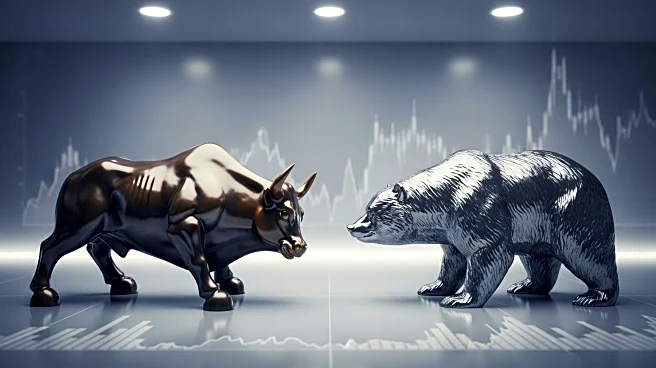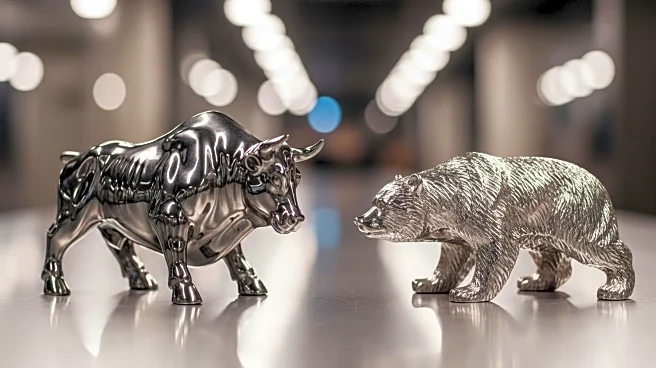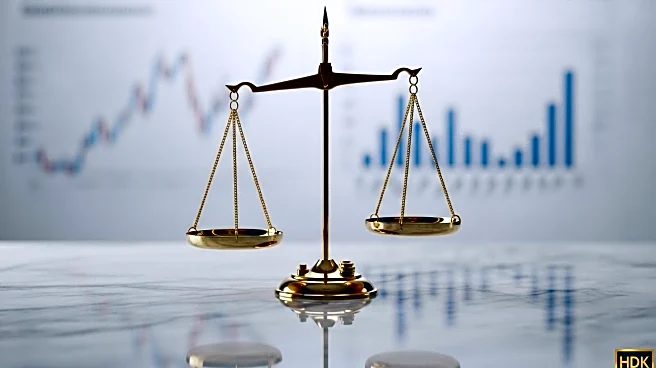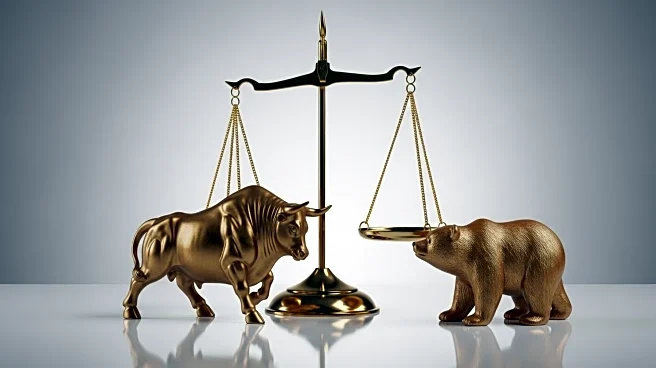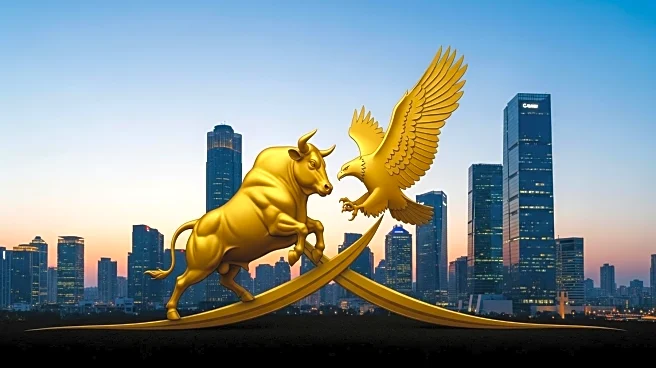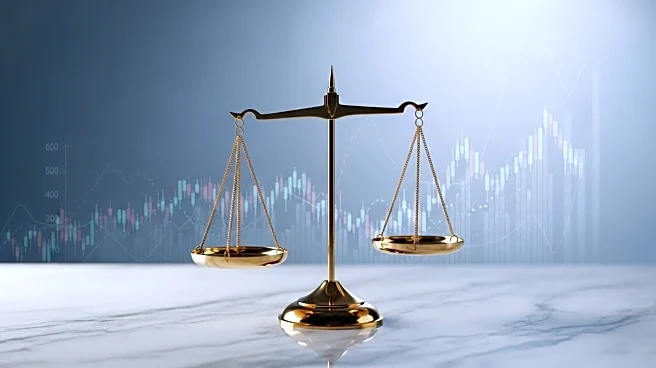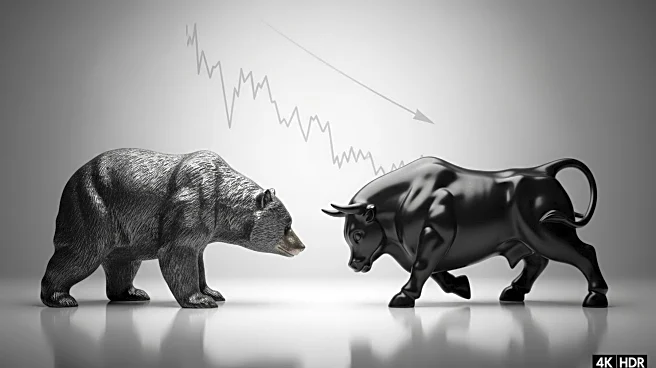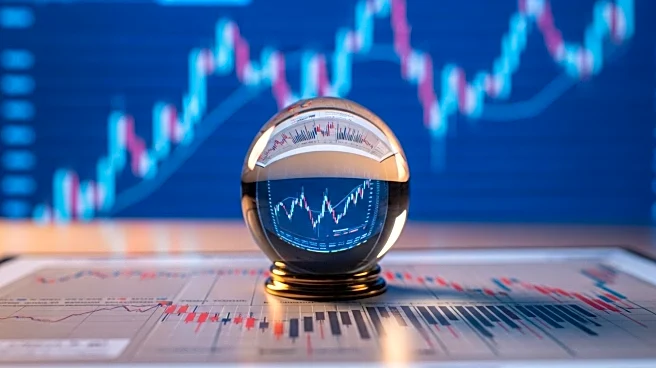What's Happening?
Retail investors have significantly increased their stock purchases, with JPMorgan Chase reporting a $7 billion influx in the first week of October, marking a 40% rise from summer levels. This surge is the fastest pace of retail buying since the 2021 meme-stock boom. Citigroup's index of stocks favored by individual investors has risen 30% since September, outpacing the S&P 500's 4.3% gain. The increase in retail investment is contributing to rising stock prices, creating a feedback loop where higher prices attract more buyers. This trend is causing concern among Wall Street analysts, who fear it may signal an impending market bubble.
Why It's Important?
The surge in retail investor activity is significant as it can lead to inflated stock prices and potential market instability. Historically, large retail investments have preceded market downturns, such as the dot-com bubble and the 2008 financial crisis. The current trend suggests a shift in market dynamics, where retail investors play a more prominent role. This could lead to increased volatility and risk, as retail investors often react to market trends rather than fundamentals. The situation underscores the need for caution among investors and highlights the potential for a market correction if the bubble bursts.
What's Next?
Market analysts and investors will be closely monitoring retail investment trends and stock performance for signs of a bubble. If retail buying continues at this pace, it may prompt regulatory scrutiny or intervention to prevent market instability. Institutional investors may adjust their strategies in response to increased retail activity, potentially leading to shifts in market dynamics. The situation may also influence future policy decisions regarding market regulation and investor protection.
Beyond the Headlines
The rise in retail investment reflects broader changes in the financial landscape, including the democratization of stock trading through apps and online platforms. This shift challenges traditional distinctions between 'smart' and 'dumb' money, as retail investors gain access to real-time data and trading tools. The trend also raises questions about the sustainability of current market practices and the potential need for new regulatory frameworks to address emerging risks.

